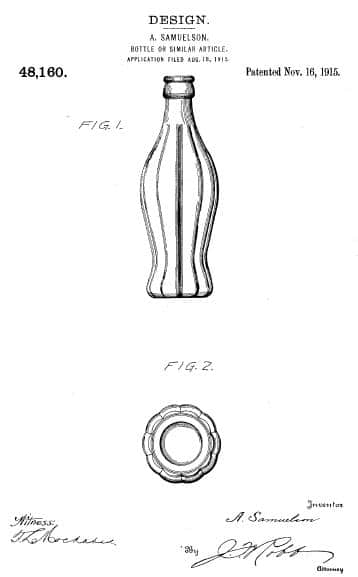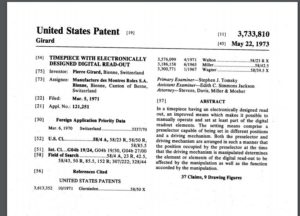New Patent Cover Design Unveiling

Thank you, Paul (Rosenthal). And thank you, everybody, for coming here. New faces and old faces. A special welcome to Congressman Darrell Issa from California, the member of Congress with the most patents currently sitting. Thank you, Darrell.
It is my great pleasure to be here with all of you as we unveil a new design of the United States patent, a document steeped in America’s economic and cultural history.
The American patent system is as old as our nation. Our very first Congress passed the Patent Act of 1790. George Washington signed the first U.S. patent on July 31, 1790, to inventor Samuel Hopkins, for making potash.
After issuing patents for almost 228 years, we will grant patent number 10 million just a little bit later this year. Over that time, and backed by our patent system, American ingenuity has been at the forefront of every major scientific and technological revolution.
Commissioner Hirshfeld mentioned some of our great inventors—like Edison, Bell, and the Wright Brothers. There have been many others, of course, across industries and across time. We’re privileged to have two of them with us here today—both brilliant and tenacious inventors, both local to Austin.
Bob Metcalfe is Professor of Innovation and Murchison Fellow of Free Enterprise at the University of Texas here in Austin. By the age of 10, Bob knew he wanted to become an electrical engineer and attend MIT. He did. And he followed that up with a master’s and PhD from Harvard.
In 1972, Bob began working at Xerox’s Palo Alto Research Center, where he met electrical and radio engineer D.R. Boggs. With Boggs, Bob invented what came to be known as Ethernet, the local area networking (LAN) technology that turns PCs into communication tools by linking them together. Eventually, the technology would be used to link together more than 50 million PCs worldwide.
In 1979, Bob left Xerox and founded 3Com Corporation.
Bob was awarded the National Medal of Technology by President George W. Bush in 2003 for his leadership in the invention, standardization, and commercialization of Ethernet.
Bob is a patent holder, and in 2007 he was inducted into our National Inventors Hall of Fame.
We will hear from Bob in just a few minutes. We are also honored to be joined here today by Susann Keohane. Susann holds a bachelor’s degree in computer engineering from the University of Florida and a master’s in software engineering from the University of Texas at Austin.
Currently IBM’s global leader for the Aging Initiative here in Austin, Susann is an expert in enabling human ability through emerging technology. Her current research includes, among other things, cognitive and IoT (internet of things) systems for elder care.
Why does she do this? Well, because of her grandmother, who suffered an aneurysm when she was in her 80s. And her grandma’s determination to walk and talk again, despite daunting challenges, is what inspires Susann. For over ten years she has focused her research on accessible technology for people with disabilities and the aging population. Her inventions combine cognitive technology, internet of things, and other emerging technology to improve quality of life for those in need.
And, amazingly, Susann is an IBM master inventor who is named on 114 United States patents. We will hear from Susann shortly as well. Actually, please join me in welcoming both Bob and Susann here today.
They exemplify the brilliance of American invention, working in the intellectual property system, it is no accident that all this fantastic innovation, continuously flowing since the founding of our republic, happens here in the United States, where patent rights are written into our Constitution with the explicit goal of promoting human progress.







